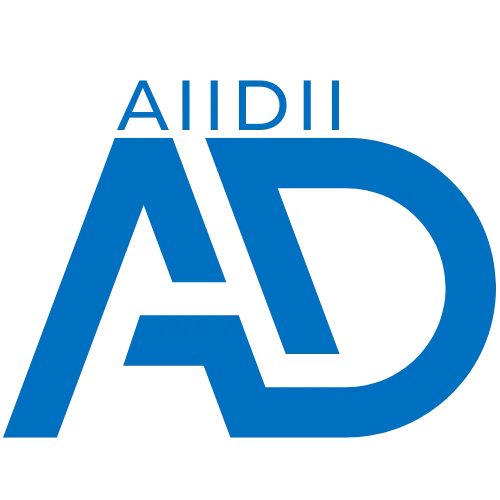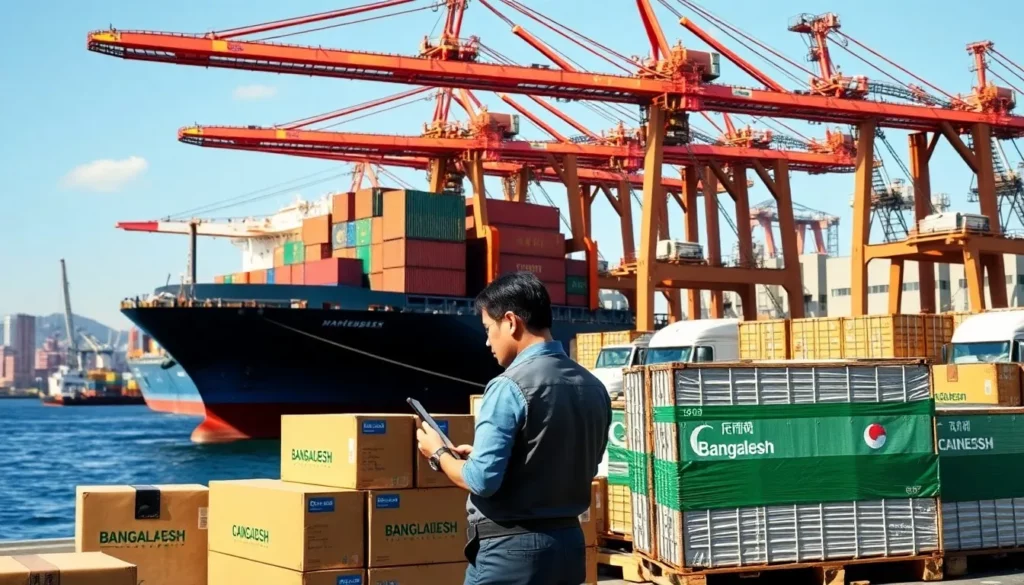You’re looking to streamline your logistics from China to Bangladesh, and I’m here to guide you through every step to ensure cost-effective, efficient, and compliant shipping. With 20 years in freight forwarding, I’ve seen how strategic decisions can transform your supply chain. This guide equips you with actionable insights to optimize shipping methods, navigate customs, and boost profitability.
For optimal results shipping from China to Bangladesh, rely on sea freight for volumes over 15 CBM, air freight for urgent shipments, and expert freight forwarders to cut total landed costs by 15-25% while ensuring compliance.
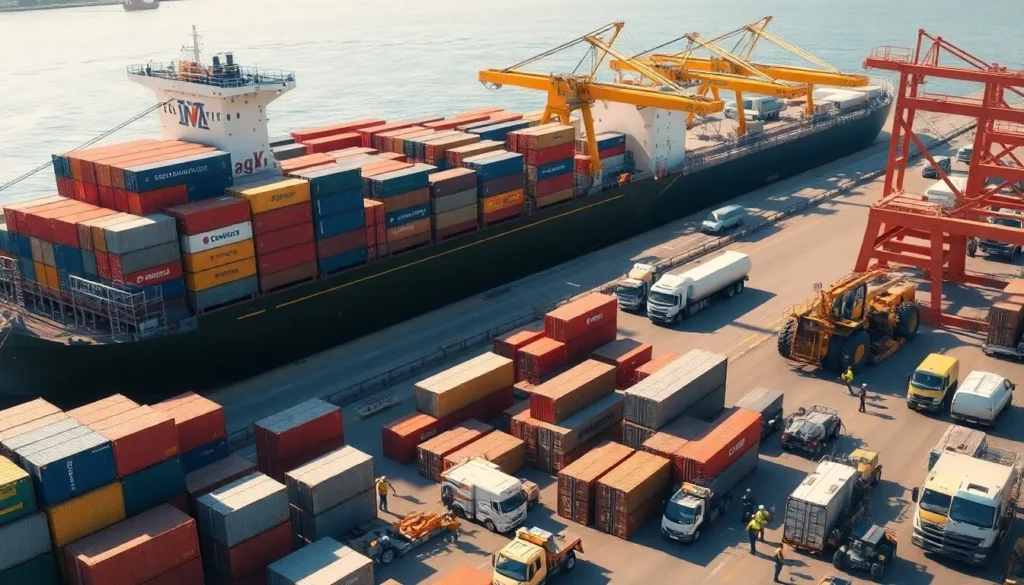
Comparing Core Shipping Methods & Transit Times
Sea Freight: Cost-Effective for High-Volume Cargo
Sea freight handles over 90% of China-Bangladesh trade, offering unmatched cost efficiency for large shipments like raw materials or finished goods. It ensures predictable costs, supporting your inventory planning and profit margins. Expect transit times of 15-30 days, depending on ports and seasons.
Critical Warning: Peak season surcharges during Chinese New Year (January-February) or pre-holiday periods can inflate costs by 25-40%. Schedule shipments in off-peak months to secure better rates.
Full Container Load (FCL): Best for Shipments Over 15 CBM
For cargo exceeding 15 cubic meters, FCL shipping is your go-to for cost savings. By securing an entire container, you avoid consolidation delays and lower per-unit costs. A 20-foot container (33 CBM capacity) from Chinese ports to Chittagong costs $1,500-$3,300, or roughly $45-$100 per CBM—far less than LCL rates. Your cargo benefits from dedicated space, faster port handling, and reduced damage risks.
Key Metric: FCL cuts per-unit costs by 30-50% compared to LCL for shipments over 15 CBM.
Less than Container Load (LCL): Flexible for Smaller Volumes
For shipments under 15 CBM, LCL shipping lets you pay only for the space you use, with rates of $50-$70 per CBM. It’s ideal for smaller importers or new product lines but expect 18-22 day transit times due to consolidation processes.
Best Practice: Combine multiple supplier orders into a single LCL shipment to streamline customs and reduce costs.
Specialized Sea Transport: Ro-Ro and Bulk Cargo
- Roll-on/Roll-off (Ro-Ro): Perfect for wheeled cargo like vehicles or machinery, allowing direct drive-on access to vessels.
- Bulk Cargo: Suits unpackaged commodities like grain or coal, requiring specialized terminals for cost-effective handling.
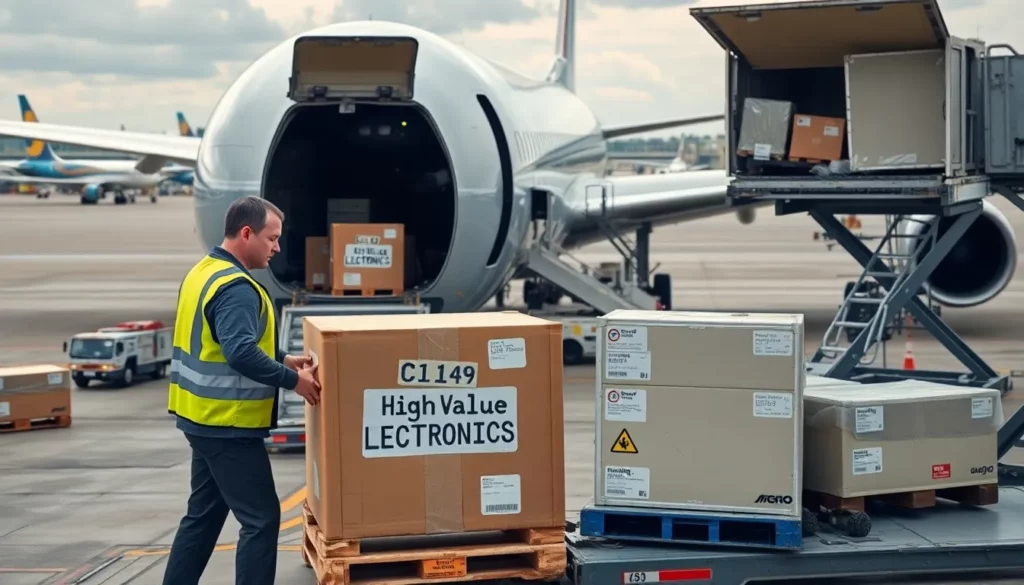
Air Freight: Speed for High-Value Goods
When time is critical, air freight delivers in 3-7 days, ideal for high-value electronics or perishables. Beyond speed, it offers supply chain flexibility for just-in-time inventory or urgent market demands. Costs range from $2-$5 per kilogram, but the business value often outweighs the premium.
Express Couriers: Ideal for Samples and Urgent Parcels
For shipments under 100 kg, express couriers like DHL, FedEx, or UPS provide door-to-door delivery with full tracking. Costs of $50-$100 for 10-70 kg parcels include customs clearance and insurance, making them perfect for samples or urgent parts.
Pro Tip: Use express services for initial samples, then switch to standard air freight for larger volumes.
General vs. Special Cargo
| Cargo Type | Description | Handling Requirements |
|---|---|---|
| General Cargo | Standard goods like electronics or manufactured items. | Follows standard air transport regulations. |
| Special Cargo | Dangerous goods (batteries, chemicals) or temperature-controlled items (pharma). | Requires specialized handling, documentation, and permits. |
When to Choose Air Freight Over Sea Freight
Opt for air freight when delays could lead to lost sales, customer dissatisfaction, or production halts. It’s viable if your profit margins exceed $2-$5 per kilogram, for seasonal products with tight deadlines, or during supply chain disruptions requiring urgent restocking.
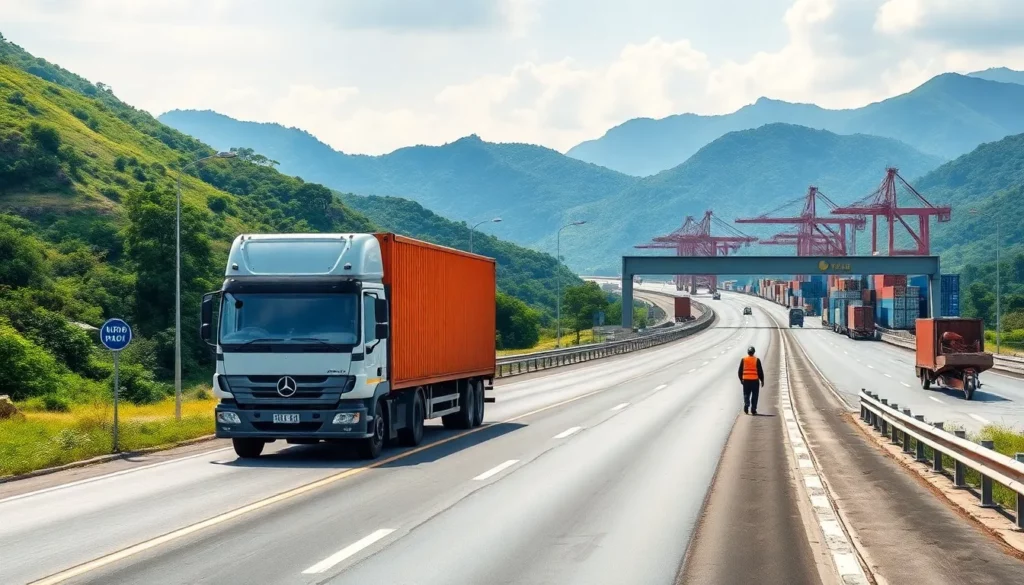
Land Freight: Faster Than Sea, Cheaper Than Air
Land freight viaburgo through the China-Myanmar-Bangladesh corridor offers 10-14 day delivery at costs between sea and air freight. It avoids port congestion but faces infrastructure and geopolitical challenges.
Overland Trucking Routes from Southern China
The primary route links Kunming or Guangzhou through Myanmar to Bangladesh, requiring coordination across multiple customs authorities. It suits specific cargo types for risk-tolerant importers.
Cost and Speed Comparison
| Transport Mode | Transit Time | Cost Comparison |
|---|---|---|
| Sea Freight | 15-30 days | Lowest, $45-$100 per CBM (FCL) |
| Land Freight | 10-14 days | 40-60% higher than sea, 50-70% less than air |
| Air Freight | 3-7 days | $2-$5 per kg, highest cost |
Transit Times and Delay Factors
Typical Transit Times by Mode
- Sea Freight: 15-30 days, depending on ports.
- Air Freight: 3-7 days, highly predictable.
- Land Freight: 10-14 days, with variability due to border issues.
Key Sea Freight Routes
- Shenzhen to Chittagong: 12-15 days, fastest due to direct lines.
- Shanghai to Chittagong: 15-20
- Critical Warning: Monsoon season (June-September) can add 3-7 days to sea freight schedules.
Common Delay Causes
- Port Congestion: Adds 5-10 days at Chittagong.
- Customs Inspections: 1-7 days for detailed checks.
- Weather: Monsoons can disrupt schedules.
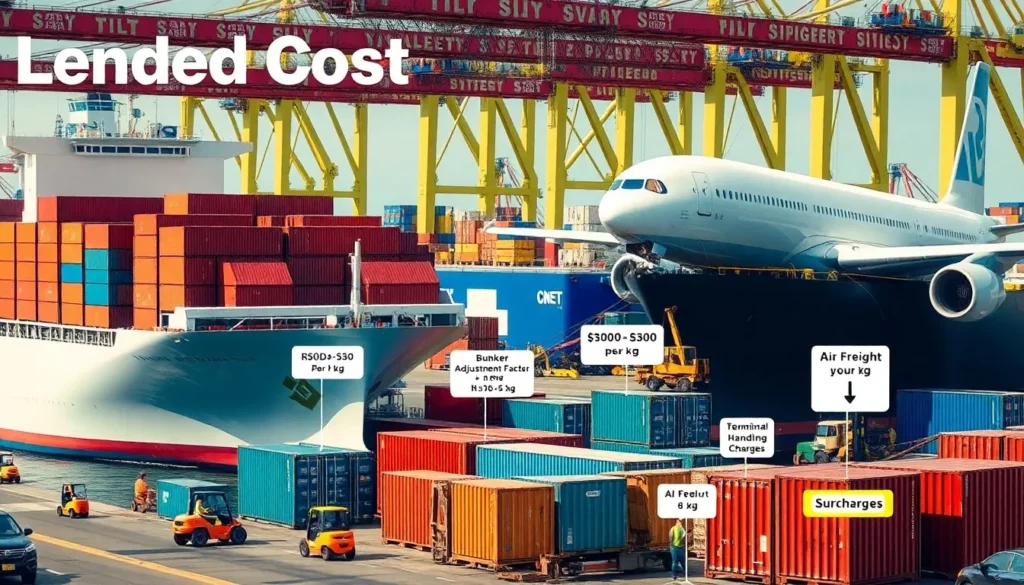
Calculating Total Landed Cost
Key Cost Factors
Your total landed cost includes freight, duties, taxes, and handling fees. Cargo weight, volume, and classification drive freight charges, while product HS codes determine duty rates.
Impact of Shipping Mode and Cargo Size
- Sea Freight: FCL charges per container ($1,500-$3,300); LCL by CBM ($50-$70).
- Air Freight: Charges by higher of actual or volumetric weight (L×W×H cm ÷ 6,000 = kg).
Example: A 2m×1m×1m shipment weighing 500 kg has a volumetric weight of 333 kg. You pay for 500 kg.
Route, Distance, and Seasonality
Shorter routes like Shenzhen-Chittagong cost less than Shanghai-Chittagong. Peak season surcharges (January-February) add 25-40% to rates.
Common Surcharges
- Bunker Adjustment Factor (BAF): $50-$200 per container, fuel-related.
- Security Surcharges: Covers enhanced screening.
- Terminal Handling Charges (THC): For port loading/unloading.
Cost Ranges
| Mode | Cost Range |
|---|---|
| FCL | $1,500-$3,300 per container |
| Air Freight | $2.00-$5.00 per kg |
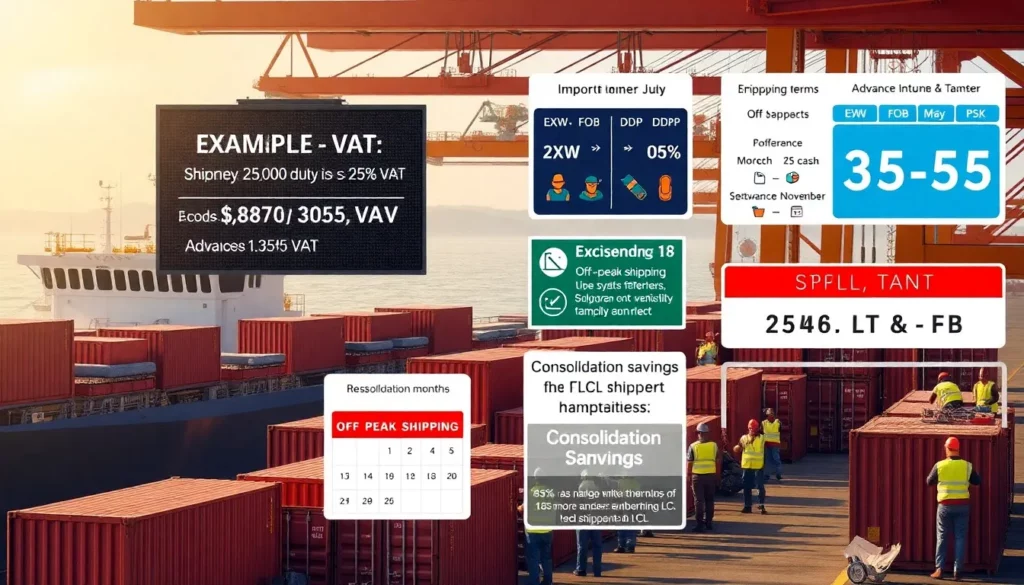
Bangladeshi Import Duties and Taxes
HS Codes and Duty Rates
HS codes determine duty rates (0-80%). Bangladesh offers 14% MFN rates for Chinese imports. Use official tariff schedules or brokers for accuracy.
Best Practice: Secure binding tariff rulings for high-volume imports.
VAT Calculation
VAT is 15% of (CIF value + customs duties). Example: $10,000 shipment with 25% duty = ($10,000 + $2,500) × 15% = $1,875 VAT.
Other Levies
- Excise Tax: Up to 350% on luxury goods, tobacco, etc.
- Advance Income Tax (AIT): 5%, creditable for businesses.
Impact of Incoterms
| Incoterm | Importer Responsibility | Cost Impact |
|---|---|---|
| EXW | All logistics and costs | Maximum control, high effort |
| FOB | Ocean freight and import | Balanced, common for China-Bangladesh |
| DDP | Minimal, supplier handles | Higher cost, simpler process |
Strategies to Reduce Costs
- Off-Peak Shipping: Save 20-35% in March-May or September-November.
- Consolidation: Combine LCL into FCL to cut costs by 35-45%.
- Negotiate Rates: Compare quotes from 3-5 forwarders for best value.
Key Metric: Consolidating three 8-CBM LCL shipments into one 24-CBM FCL saves 35-45%.
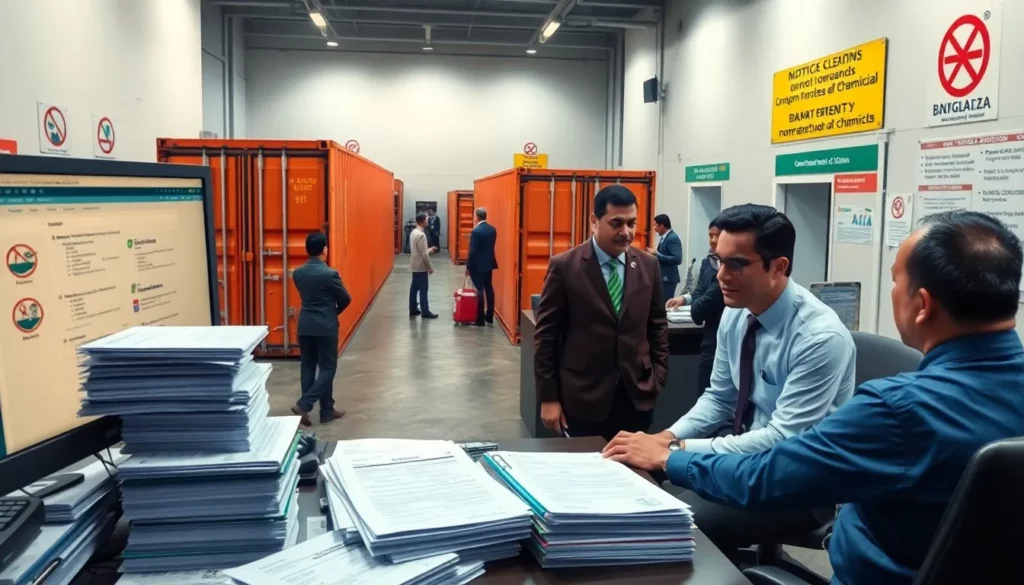
Mastering Bangladeshi Customs and Documentation
Essential Documents
- Bill of Lading/Air Waybill: Contract and title for cargo.
- Commercial Invoice: Details transaction value, terms.
- Packing List: Lists cargo contents, weights, dimensions.
- Certificate of Origin: Verifies origin for tariff benefits.
- Other: Import licenses, insurance, or test certificates as needed.
Critical Warning: Ensure correct consignee details on Bills of Lading to avoid delays.
Customs Clearance Process
- Register on ASYCUDA: Enables digital document submission.
- Submit Import Declaration: Use SAD format for consistency.
- Green vs. Red Line: Green expedites; Red adds 3-7 days for inspection.
- Pay Duties/Taxes: Via banks for cargo release.
Prohibited and Restricted Goods
- Prohibited: Narcotics, counterfeit goods, e-cigarettes.
- Restricted: Pharma, food, chemicals require permits.
Best Practice: Apply for permits 60-90 days before shipping.
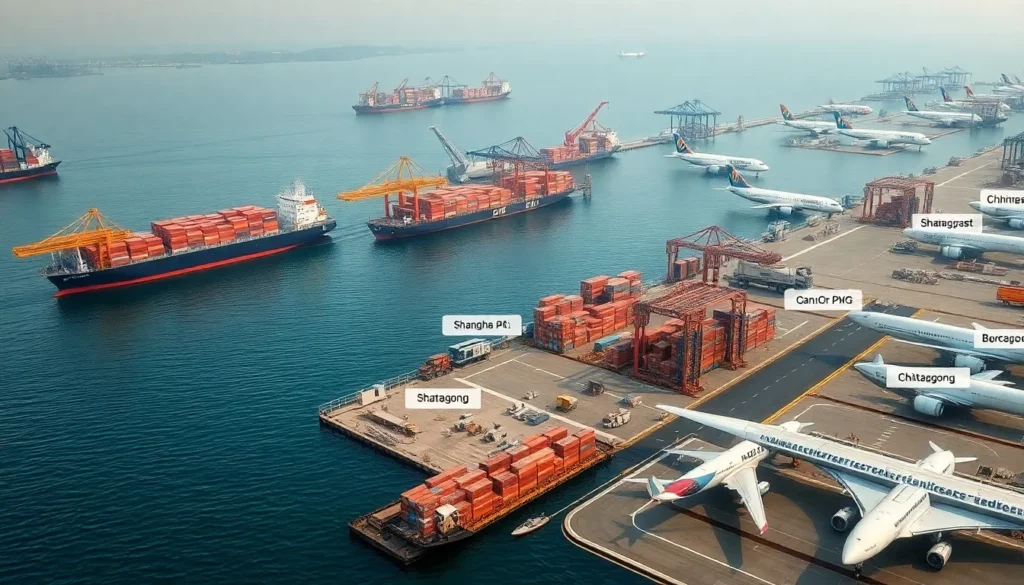
Key Logistics Hubs
Major Seaports
China: Shanghai, Shenzhen, Ningbo, Guangzhou
- Shanghai: Extensive connections, weekly departures.
- Shenzhen: 12-15 days to Chittagong, cost-effective.
- Ningbo-Zhoushan: Reliable, cost-effective.
- Guangzhou: Serves Pearl River Delta exports.
Bangladesh: Chittagong, Mongla
- Chittagong: Handles 90% of trade, modern terminals.
- Mongla: Alternative during congestion, limited capacity.
Major Airports
China: Shanghai (PVG), Guangzhou (CAN), Shenzhen (SZX)
- Shanghai PVG: Comprehensive cargo services.
- Guangzhou CAN: Competitive rates, direct flights.
- Shenzhen SZX: Ideal for Pearl River Delta.
Bangladesh: Dhaka (DAC), Chittagong (CGP)
- Dhaka DAC: Main air freight hub, modern facilities.
- Chittagong CGP: Less congested, regional access.

Selecting the Right Freight Forwarder
Evaluating Expertise
- Trade Lane Experience: Seek proven China-Bangladesh expertise.
- Cargo Handling: Ensure capability for your cargo type.
- Service Levels: Compare port-to-port vs. DDP solutions.
Reliability and Network
- Carrier Partnerships: Ensure space and rate competitiveness.
- Local Agents: Verify expertise in China and Bangladesh.
- Communication: Prioritize real-time tracking and support.
Comparing Quotes
Request all-inclusive quotes to avoid hidden fees. Balance cost with reliability and risk mitigation.
Pro Tip: Weigh delay costs against price to justify premium services.
Complete Import Process Checklist
- Pre-Shipment: Define Incoterms, packaging, and suppliers.
- Booking: Provide accurate cargo details, confirm schedules.
- Export Clearance: Verify China documentation accuracy.
- Tracking: Monitor real-time updates for delivery prep.
- Customs Clearance: Submit accurate docs via ASYCUDA.
- Final Delivery: Arrange inland transport and unloading.
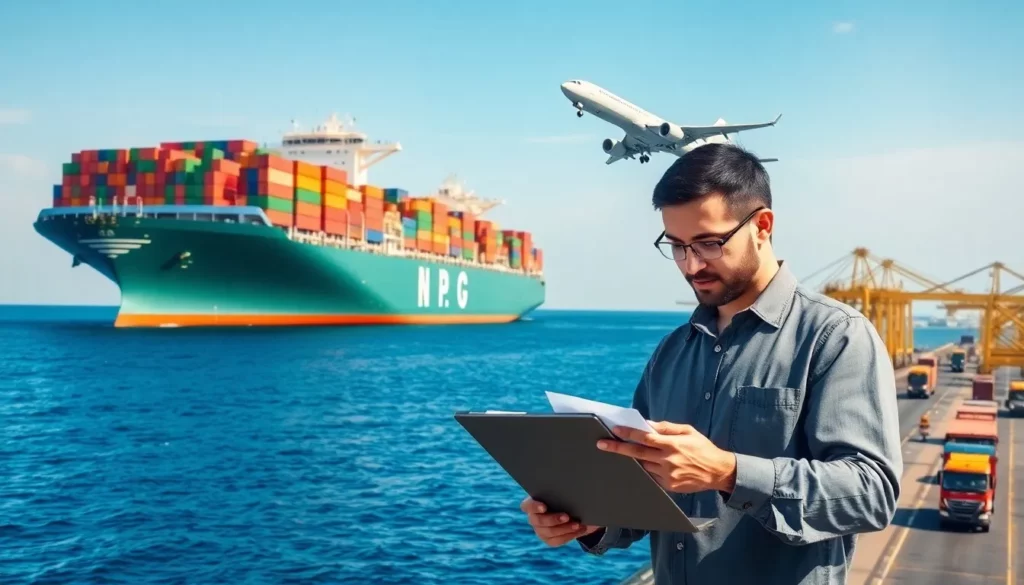
Conclusion
Shipping from China to Bangladesh demands strategic planning to balance cost, speed, and compliance. Sea freight suits large volumes, air freight urgent needs, and expert forwarders streamline customs. In my 20 years in freight forwarding, I’ve seen how informed decisions drive profitability. AIIDII’s expertise and technology transform complex logistics into seamless solutions. Contact us to optimize your shipping strategy.
Frequently Asked Questions (FAQs)
What does a “Red Line” inspection mean in Bangladesh customs?
A Red Line inspection means your shipment faces detailed physical examination, adding 3-7 days to clearance due to risk factors like first-time importer status or documentation issues. Ensure accurate paperwork and coordinate with brokers to expedite.
How do FOB and DDP Incoterms differ in liability and costs?
FOB requires you to handle ocean freight and import processes, risking hidden costs like port fees. DDP shifts all duties to the supplier, potentially raising costs but simplifying logistics. FOB offers more control; DDP is easier but pricier.
What cargo details do I need for an accurate freight quote?
Provide dimensions, product descriptions, HS codes, cargo value, packaging type, quantity, handling requirements, addresses, delivery timeline, and Incoterms. Specify permits or certifications to ensure precise planning.
How do I determine the correct HS Code for my product?
Use Bangladesh Customs tariff schedules, online HS code databases, or brokers to classify products by category, material, and use. Accurate HS codes are critical to avoid duty penalties or delays.
What’s the most cost-effective shipping method for a $5,000 startup shipment?
LCL sea freight ($50-$70 per CBM, 18-22 days) suits shipments under 15 CBM. Air freight ($2-$5 per kg, 3-7 days) works for valuable, lightweight cargo. Calculate landed costs, including 14% duties and 15% VAT, to decide.
